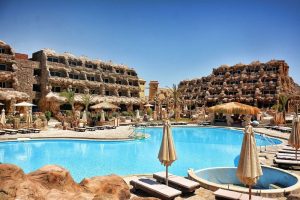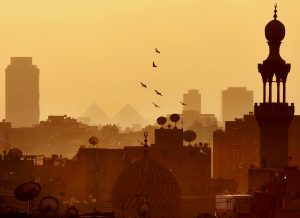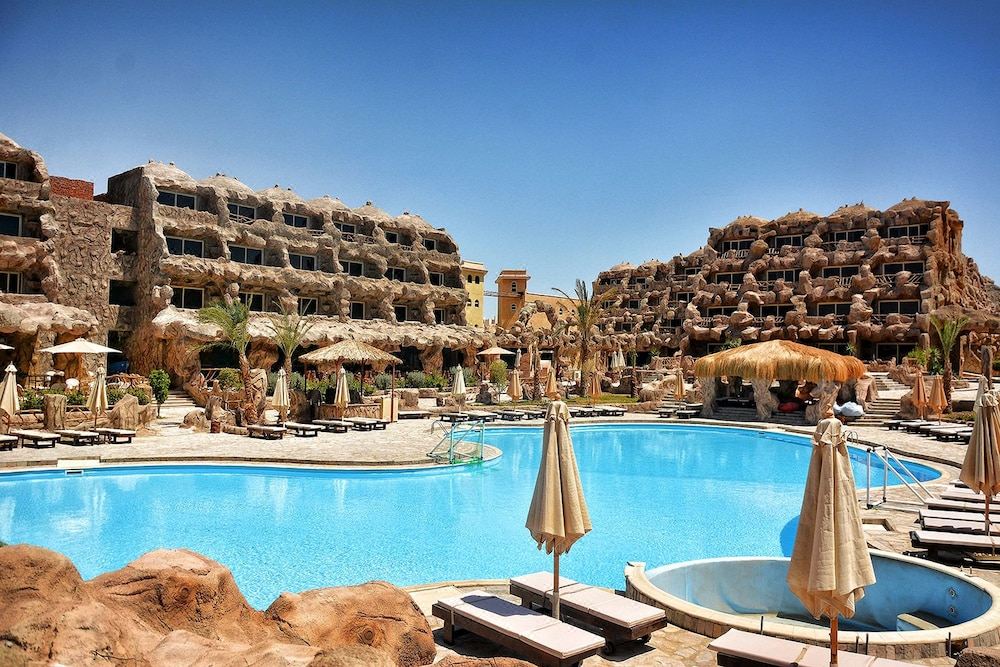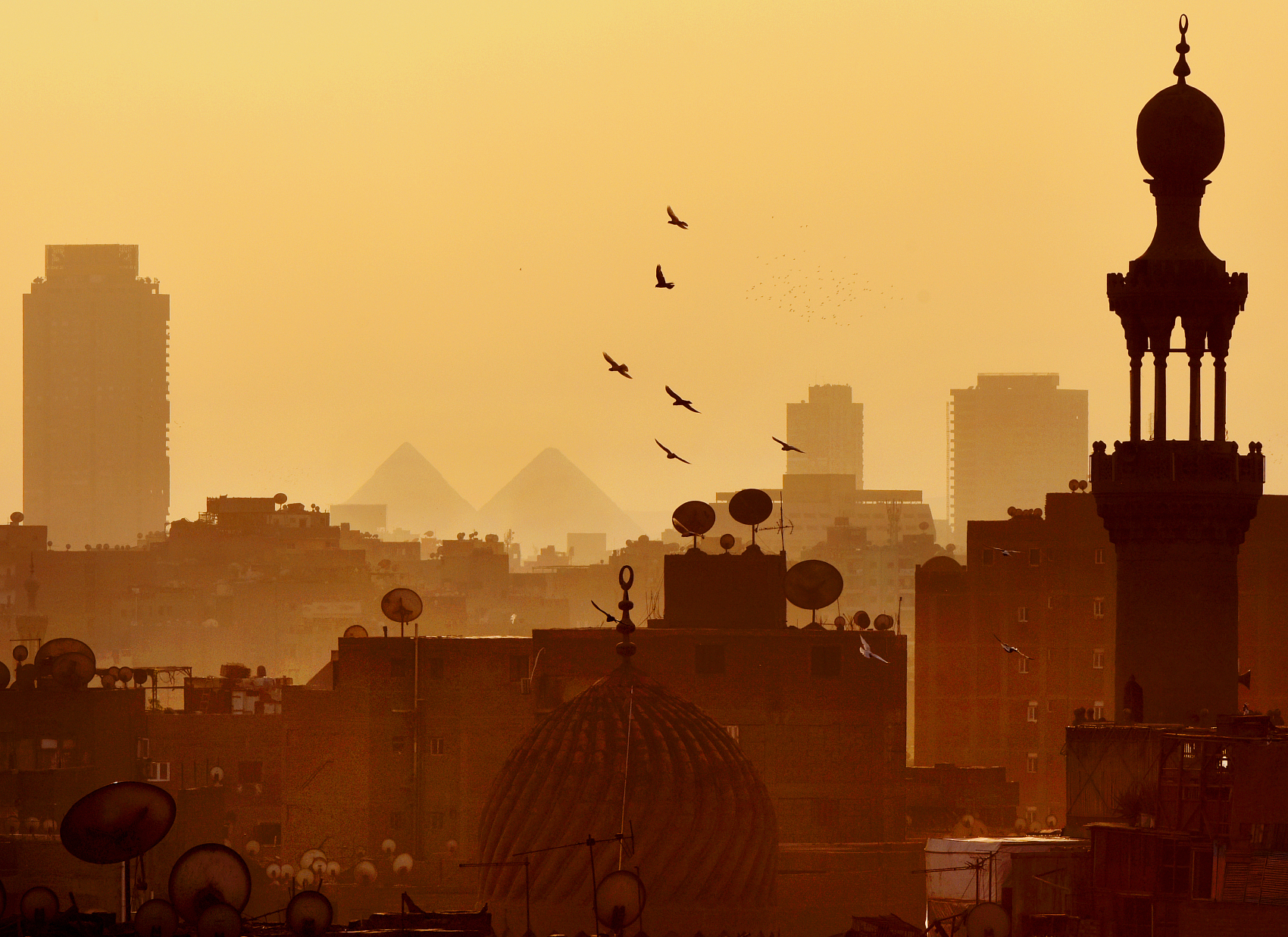1.Riga Old Town:
Riga Old Town has a long history of more than 800 years. It is like a vivid history book. Every brick and stone, every street tells the story of the past. It was once the settlement of the Liv people. It witnessed the rule and change of many countries. Therefore, it has integrated various cultural elements and formed a unique urban style. In 1998, Riga Old Town was listed as a World Cultural Heritage by UNESCO, which is undoubtedly a high recognition of its historical value and cultural significance.
The old town is not large in area. It is surrounded by an artificial canal. One side is adjacent to the wide Daugava River, and the other three sides are canals, forming a natural barrier. The architectural styles in the city are rich and varied. The towering spires of Gothic buildings seem to tell the sky about pious beliefs; the exquisite carvings of Renaissance buildings show the glory of humanism; the gorgeous decorations of Baroque buildings show luxury and atmosphere. These buildings of different styles are intertwined to form a harmonious and beautiful picture. Walking on the cobblestone streets of the ancient city, the crisp sound under your feet seems to be the echo of history. Most of the buildings on both sides of the street retain the medieval style. The houses are low, but full of quaint charm. The glittering metal rooster on each roof – the weather vane rooster, is not only a unique symbol of the ancient city of Riga, but is also said to have the practical function of distinguishing the wind direction. When the golden side faces the city, it means a favorable wind, and ships on the sea can enter the port; when the black side faces the city, it means a headwind, and ships cannot enter the port. At the same time, in local culture, roosters are also believed to be able to drive away ghosts and evil spirits. When the rooster crows three times, the sky will be bright, and the devil will return to hell, adding a touch of mystery to this ancient city.
Tomsky Square is the heart of the old city. The Tomsky Church on the square is solemn and dignified. Inside is the largest organ in Europe and the fourth largest in the world. This organ has a peculiar shape, 26 bellows, 6,118 pipes, the longest of which is 10 meters long and the shortest of which is only 13 mm. It can still play beautiful music. During major festivals, many citizens and tourists gather in the square, making it very lively. St. Peter’s Church is the highest point in the old city. This church, built in 1209, was once the largest wooden structure church in Europe. It has experienced many fires and wars and has now been changed to a metal structure. Climbing up the tower of the church and looking far into the distance, you can see the beauty of the entire old city of Riga. The red tile roofs, narrow streets and ancient buildings form a picturesque scenery. The Swedish Gate is one of the best-preserved medieval city wall relics in Riga. Although this gate, built in 1698, is small in scale, it carries a heavy history and witnesses the rise and fall of this city.
The charm of the old city of Riga lies not only in its ancient architecture and long history, but also in its strong humanistic atmosphere. Here, you can see street performers showing off their talents to their heart’s content, and various art forms such as music, dance, and painting blend and collide here. The street cafes are filled with the rich aroma of coffee, and people sit leisurely in the open-air seats, enjoying the sunshine and quiet time. At night, the old city presents another charming scene, with bright lights, and bars and restaurants full of laughter, making people feel the vitality and enthusiasm of the city.
2.St. Peter’s Cathedral in Riga:
St. Peter’s Cathedral in Riga was built in 1209 and is an outstanding representative of Gothic architecture in the Baltic coastal area. Its architectural style is unique, and its spires soar into the sky, piercing the sky, as if it is a bridge for believers to communicate with God. The walls and towers of the church are more exquisite and the decorations are richer as they go up. Every detail shows the craftsmanship of the craftsmen and their piety to religion. The church door is supported by columns, and the exquisite reliefs and statues on the door frame are lifelike, telling stories and religious legends from the Bible, which makes people sigh at the perfect fusion of art and religion.
The church’s bell tower is one of its major features. This Baroque bell tower was built in 1690. At that time, it was the tallest wooden church bell tower in the world, reaching 136 meters (pre-war height). However, its fate was full of ups and downs, and it suffered many natural disasters and man-made disasters. In 1666 and 1721, the bell tower collapsed twice due to lightning strikes; after it was destroyed by a fire in 1721, Peter the Great ordered it to be rebuilt; during World War II, the roof and bell tower were unfortunately destroyed by war. It was not until 1973 that Soviet engineers rebuilt it and changed the bell tower structure to a metal structure, adjusting the height to 123.25 meters, and installing an elevator so that tourists can easily climb to the 70-meter-high observation deck to overlook the magnificent scenery of the entire city of Riga.
At the top of the church, there is a rooster made of cast iron, which is called the weather vane. The weather vane has one side gold and the other side black. It not only has the practical function of distinguishing the wind direction – when the golden side faces the city, it means favorable wind and ships on the sea can enter the port; when the black side faces the city, it means adverse wind and ships cannot enter the port. At the same time, in local culture, the rooster is also regarded as an auspicious symbol that can drive away ghosts and evil spirits. When the rooster crows three times, the sky will be bright and the devil will return to hell. It carries people’s yearning and blessings for a better life. Since 1491, Riga people have been fighting with the metal top of the tower of St. Peter’s Cathedral and the weather vane. Due to the great difficulty of construction, the weather vane has fallen many times, and there has even been a tragedy where the entire metal tower fell and killed people. As of 1941, St. Peter’s Cathedral had six weather vanes, four of which were destroyed by storms, one fell down by itself, and the last one fell down with the tower. Until 1970, the seventh wind vane appeared and has been erected ever since.
3.Freedom Monument:
The Freedom Monument was built in 1935 to commemorate the soldiers who died in the Latvian War of Independence from 1918 to 1920. In those turbulent years, the Latvian people fought hard to get rid of foreign rule and fight for national independence and freedom. Countless brave soldiers sacrificed their lives and shed their blood to defend the dignity of the motherland and the happiness of the people. This monument is to commemorate their achievements and let future generations remember this magnificent history forever.
The monument is made of granite and copper, 42 meters high, and its design is simple and powerful. The body of the monument is columnar, with smooth lines and solemnity. At the top is a bronze statue of the Statue of Liberty created by sculptor Kārlis Zāle. She stands tall and faces west, holding three golden stars in her right hand and a sword in her left hand, symbolizing the three main regions of Latvia: Kurzeme, Vidzeme and Latgale, as well as the firm belief and indomitable spirit of the Latvian people in fighting for freedom. The three stars shine brightly under the sunlight, as if telling the Latvian people’s yearning and pursuit of freedom. The words “For the Motherland and Freedom” (Tēvzemei un Brīvībai) are also engraved on the monument. These short and powerful words embody the Latvian people’s deep love for the motherland and their persistent pursuit of freedom.
4.Blackheads Palace:
The Blackheads Palace was built in 1344 and was originally built to host meetings or celebrations of various public organizations in the city. In the 17th century, the Blackheads Brotherhood, which was mainly composed of German merchants, became the only residents here, and therefore the building was named the Blackheads Palace. The patron saint of the Blackheads Brotherhood is Moritz, a Roman soldier in the 3rd century AD. He lived in an era when Christianity was illegal. The Theban Legion stationed in Egypt was mainly black. Moritz mobilized people to convert to Christianity secretly. He was eventually executed in 287 AD for refusing to execute the Roman emperor’s order to massacre Christians. Later, Moritz was canonized as a Christian saint and became the patron saint of the German Merchant Guild during the Hanseatic League era. Because he was a black man, the guild was named the Blackheads Brotherhood.
The architectural style of the Blackheads Palace combines many elements, the most notable of which is the Renaissance style. Its exterior wall presents a gorgeous red trapezoidal facade with bright and lively colors. The gables on the facade are decorated with exquisite stone carvings and metal decorations, and every detail shows the craftsmanship of the craftsmen. The gold-plated astronomical clock installed in 1622 adds a mysterious and luxurious atmosphere to the building. The astronomical clock can not only accurately display the time, but its exquisite decoration and complex mechanical structure have also become a symbol of the wisdom of the people at that time, attracting countless people to stop and watch.
5.Līvu Laukums and Cat House:
Līvu Laukums is like a bright pearl in the heart of the old city of Riga, exuding charming charm. A row of colorful 18th-century buildings are arranged around the square. These buildings seem to come from a fairy tale world. Each one is unique. Their exterior walls are painted in bright colors, red is warm, yellow is bright, and blue is deep. They are intertwined to form a colorful picture. Nowadays, most of these buildings have been transformed into restaurants and beer houses. When night falls and the lights come on, the restaurants are brightly lit. People sit in open-air seats, tasting local delicacies and drinking fragrant beer. Laughter and joy echo over the square, full of the breath of life.
Near the square, there is a building named after the black cat squatting on the roof – Kaķu nams. Its existence adds a touch of mystery and fun to the square. The Cat House was built in 1909. It is a five-story building with a unique architectural style. It integrates multiple elements and shows a different kind of beauty. However, the most attractive part of the Cat House is the two black cat statues on the roof with their waists bent and their tails raised. These two black cats are lifelike, as if they will jump down at any time. Their existence makes this building the most unique scenery on Levi Square, attracting countless tourists to take pictures.
6.Latvian War Museum:
The Latvian War Museum is the largest and most historic museum in Latvia. It was rebuilt on the basis of the Latvian Infantry Museum and moved to this powder tower in 1919. The museum houses tens of thousands of precious historical relics, including pictures, sand tables, models, guns, military uniforms and medals, etc. These relics are like keys that open a door to the depths of history for tourists, allowing people to travel through time and space and experience those war-torn years in person. Here, tourists can start from ancient wars and trace all the way back to World War II to fully understand the baptism of war that Latvia has experienced in different historical periods. The detailed exhibits and introductions in the museum vividly show the indomitable and heroic spirit of the Latvian people for the independence, democracy and freedom of the country.
It is worth mentioning that the museum is open to tourists free of charge, which gives more people the opportunity to enter this historical hall to understand Latvia’s past and feel the cruelty of war and the preciousness of peace. For friends who like military history, this is undoubtedly a great place to explore the mysteries of history and gain an in-depth understanding of the stories behind the war. During the visit, people seem to be able to hear the echoes of history, see the brave warriors fighting bravely on the battlefield, and deeply appreciate the Latvian people’s persistent pursuit of freedom and independence.
7.Dome Cathedral:
The Dome Cathedral was built in 1211. It was originally a wooden church. In the following centuries, it has undergone many reconstructions and expansions. It combines Gothic, Baroque and Neoclassical architectural styles to form today’s unique and spectacular style. Its building is large-scale and magnificent, and its towering spires reach the sky, as if it is a passage connecting the world and heaven. The exterior walls of the church are made of heavy bricks and stones. After years of baptism, they are still as solid as before. They are carved with exquisite patterns and designs. Every detail shows the craftsmen’s superb skills and piety to religion.
The most eye-catching thing about the Dome Cathedral is the giant organ it has. The organ was built by E.F. Walcker & Sons in Ludwigsburg, Baden-Württemberg, Germany from 1882 to 1883 and was inaugurated on January 31, 1884. It is one of the largest organs in the world, with four manuals and a pedal, and can play 116 voices, 124 scales, 144 scales and 6718 timbres, including 18 combinations and General Crescendo. Its scale and complexity are amazing. Latvian composer Lūcija Garūta played a cantata on this organ during World War II, and the sounds of nearby battles were also recorded, adding a different touch of history. During major festivals or concerts, the organ plays, and the melodious music echoes in the church. The notes seem to have life. They jump and hover, filling the entire space, allowing every listener to immerse themselves in this wonderful music and feel the sacredness and solemnity of religious music.
8.Latvia Occupation Museum:
This museum was established in 1993. Its architectural style is full of Soviet characteristics, as if taking people back to that special era. The museum’s mission is important and far-reaching. It aims to show the vicissitudes of Latvia during the 51-year special period of the 20th century. During this period, Latvia was occupied by the Soviet Union in 1940, and then invaded by Nazi Germany in 1941, and fell under Soviet rule again in 1944. The museum presents this heavy history to the world through the exhibition of rich cultural relics and archival documents.
The exhibits in the museum are rich and varied, including precious historical photos, documents from that time, and relics of victims, etc. Behind each exhibit is a heartbreaking story. Many historical photos truly record the sufferings of the Latvian people during the occupation period, hunger, fear, oppression, and these pictures are shocking; the documents from that time reveal the ruling methods of the occupation regime and its profound impact on Latvia from multiple perspectives such as politics, economy, and society; the relics of the victims, such as worn-out clothes and simple daily necessities, make people truly feel the miserable lives of those innocent people under war and occupation.







